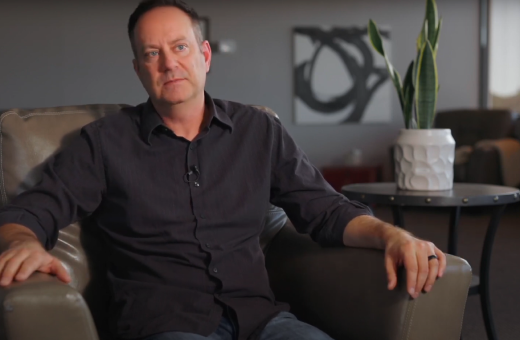By Floyd Godfrey, PhD
The Growing Threat to Children and Adolescents
Pornography production and marketing has evolved into a sophisticated, multibillion-dollar industry with one of its most insidious tactics being the deliberate targeting of children and adolescents. Through seemingly harmless content, suggestive thumbnails, and strategic placements across social media and gaming platforms, the industry uses psychological manipulation to draw in young viewers. This early exposure not only impacts neurological development but lays the groundwork for compulsive behaviors and addiction. Dr. Don Hilton (2010) describes how early sexual imprinting through pornography can condition young brains to crave high-stimulation, objectified sexual imagery over authentic human intimacy.
Manipulative Marketing and Grooming Tactics
The marketing strategies employed by porn producers mirror those seen in addictive industries. Free teaser content, clickbait titles, and algorithmic suggestions hook young viewers, making it easier for them to escalate their consumption. These techniques mirror grooming behaviors, slowly desensitizing and normalizing extreme or exploitative content. Jay Stringer (2018) emphasizes that unwanted sexual behavior often stems from unresolved childhood experiences, which the pornography industry exploits by aligning its content with psychological vulnerabilities.
The Hidden Reality of Trafficked Youth in Pornography
Behind the lens, the reality becomes even darker. Numerous reports and investigative findings have exposed the involvement of trafficked children, teens, and young adults in the pornography industry. Many are coerced, manipulated, or forced into performing. Organizations like the National Center on Sexual Exploitation and studies published in journals such as the Journal of Human Trafficking indicate a disturbing intersection between sex trafficking and online pornography. The industry's lack of consistent age verification and consent processes contributes to a digital environment where abuse is not only possible but alarmingly prevalent.
Therapeutic Awareness and Intervention
For mental health professionals, understanding the mechanisms behind pornography’s appeal to youth is crucial. Incorporating psychoeducational tools and early intervention strategies into therapeutic and coaching practices can help disrupt the cycle of compulsive viewing. Patrick Carnes' model of sexual addiction recovery provides a framework for addressing both the behavioral and emotional roots of pornography use. Therapeutic approaches should prioritize trauma-informed care, helping clients develop secure attachments and reestablish healthy relational templates.
Educational Tools for Prevention
Education is one of the most effective tools in combating the pornography industry’s reach into youth culture. Programs that teach digital literacy, emotional intelligence, and the neurobiological effects of pornography can empower children and families. Resources from organizations like Fight the New Drug and educational curricula based on evidence-based models can provide crucial support for prevention efforts. Encouraging open dialogue between parents and children fosters resilience and reduces the stigma that often prevents young individuals from seeking help.
Hope for Healing and Recovery
Despite the troubling nature of this issue, there is hope. With informed professionals, supportive interventions, and dedicated recovery communities, individuals affected by early exposure and addiction can reclaim their lives. Understanding the manipulative nature of the industry is the first step in disarming its influence. Recovery is possible, and with guidance from certified specialists, families can begin to heal and restore their connections.
Floyd Godfrey, PhD is a Clinical Sexologist and a Certified Sex Addiction Specialist. He has been guiding clients since 2000 and currently speaks and provides consulting and mental health coaching across the globe. To learn more about Floyd Godfrey, PhD please visit his website: www.FloydGodfrey.com.
Reference
Hilton Jr., D. L. (2010). He restoreth my soul: Understanding and breaking the chemical and spiritual chains of pornography addiction through the atonement of Jesus Christ. Forward Press Publishing, LLC.
Stringer, J. (2018). Unwanted: How Sexual Brokenness Reveals Our Way to Healing. NavPress.



